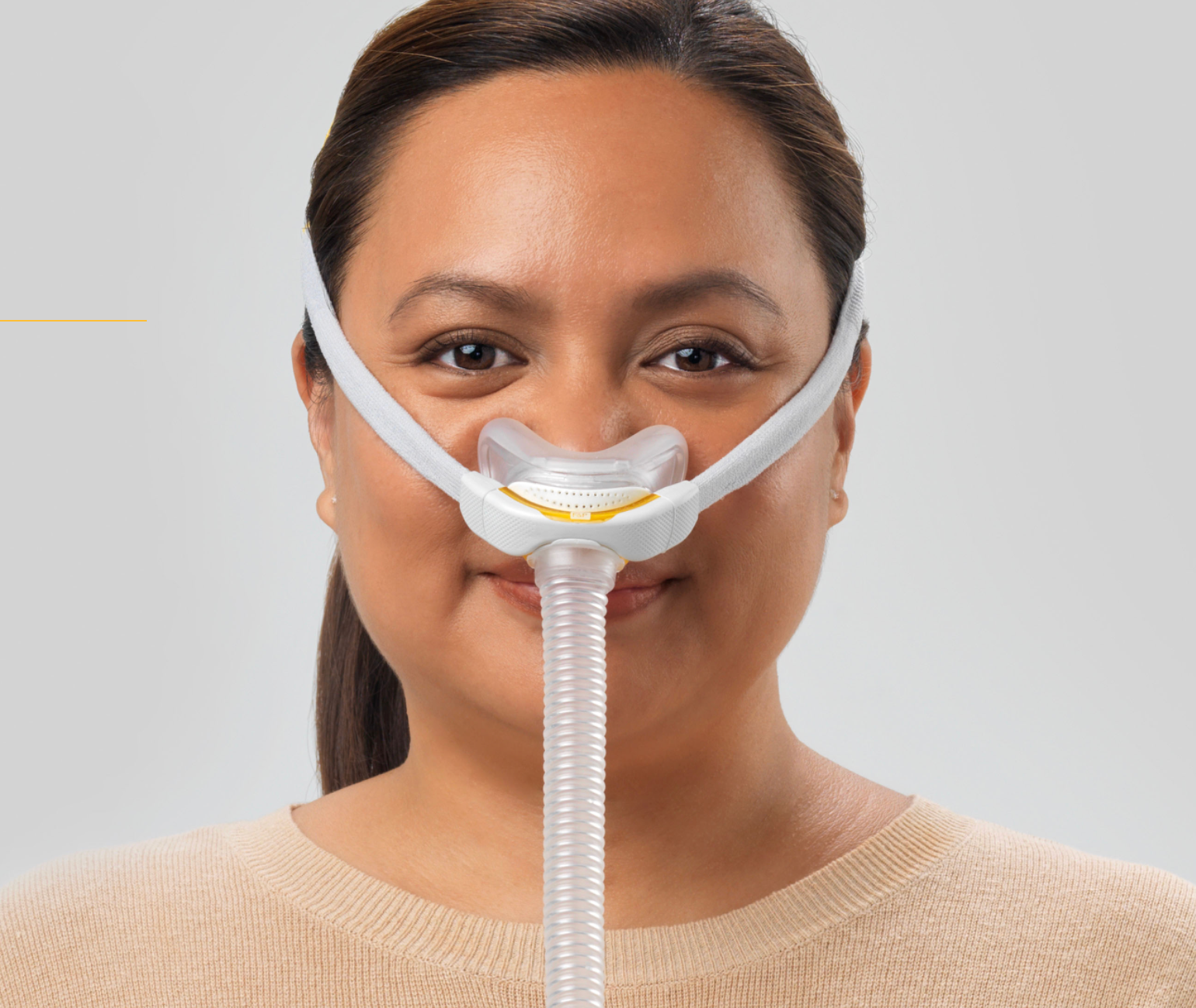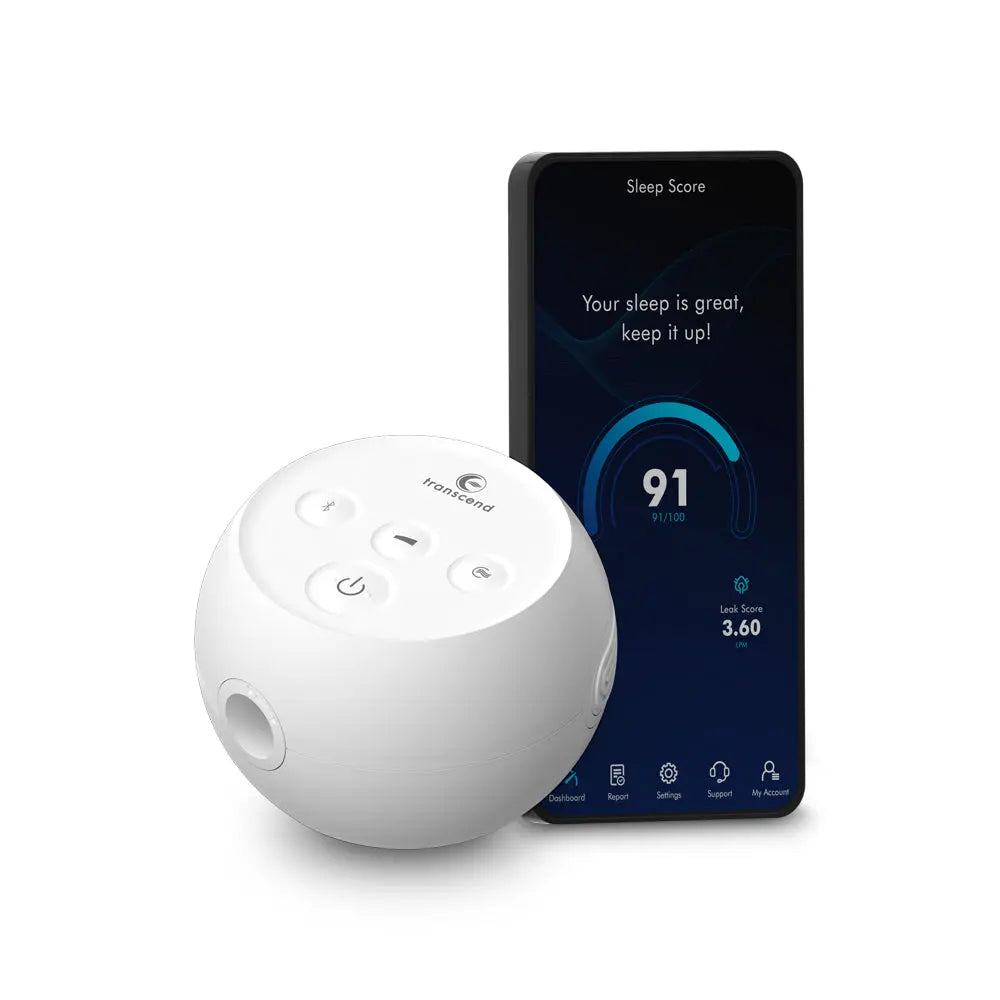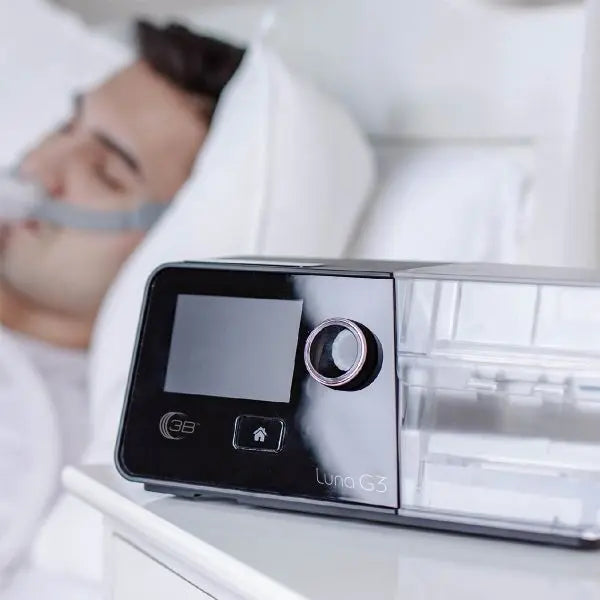The Ultimate Guide to CPAP and Sleep Apnea: Your Questions Answered
Introduction: Why Understanding Sleep Apnea and CPAP Matters
Sleep apnea is a serious sleep disorder that can significantly impact your physical and mental health. Despite being common, sleep apnea often goes undiagnosed and untreated. Continuous Positive Airway Pressure (CPAP) therapy is the most effective treatment, yet many users have questions about it. This guide answers the most frequently asked questions to help you better understand sleep apnea, its risks, and how CPAP can transform your health.
1. What is Sleep Apnea?
Sleep apnea is a sleep disorder where breathing repeatedly stops and starts during sleep. There are three main types:
- Obstructive Sleep Apnea (OSA): Caused by the relaxation of throat muscles, leading to a blocked airway.
- Central Sleep Apnea (CSA): Occurs when the brain fails to send proper signals to the breathing muscles.
- Complex Sleep Apnea Syndrome: A combination of both OSA and CSA.
Untreated sleep apnea can lead to serious complications like high blood pressure, heart disease, stroke, and diabetes.
2. What Are the Symptoms of Sleep Apnea?
Recognizing the symptoms is key to early diagnosis and treatment. Common signs include:
- Loud, persistent snoring
- Gasping or choking during sleep
- Excessive daytime sleepiness
- Morning headaches
- Difficulty concentrating
- Mood changes, irritability, or depression
- Dry mouth or sore throat upon waking
If you experience these symptoms, consult a healthcare provider.
3. What Are the Risk Factors for Sleep Apnea?
Certain factors increase the likelihood of developing sleep apnea, including:
- Excess Weight: Obesity is a significant risk factor.
- Neck Circumference: A thicker neck can narrow the airway.
- Age and Gender: Sleep apnea is more common in men and older adults.
- Family History: Genetics can play a role.
- Smoking and Alcohol Use: Both relax throat muscles, worsening symptoms.
- Chronic Nasal Congestion: Difficulty breathing through the nose increases the risk.
4. How is Sleep Apnea Diagnosed?
Diagnosis typically involves a comprehensive evaluation that includes:
- Medical History and Physical Examination
-
Sleep Studies:
- Polysomnography: Conducted in a sleep lab to monitor sleep stages, oxygen levels, breathing patterns, and more.
- Home Sleep Apnea Testing (HSAT): A simplified test that can be done at home.
A sleep specialist will determine the most appropriate test based on your symptoms.
5. What Are the Treatment Options for Sleep Apnea?
Treatment depends on the severity and type of sleep apnea. Common approaches include:
- Lifestyle Changes: Weight loss, positional therapy, and avoiding alcohol or sedatives.
- CPAP Therapy: The most effective treatment for OSA, keeping the airway open during sleep.
- Oral Appliances: Devices that adjust the position of the jaw to maintain an open airway.
- Surgery: In cases where other treatments are ineffective.
- Implantable Devices: Stimulate airway muscles to prevent blockage.
6. What is CPAP Therapy, and How Does it Work?
CPAP therapy involves a machine that delivers a constant stream of air through a mask to keep your airway open. This prevents breathing interruptions, improving sleep quality and reducing the risk of serious complications.
7. What Are the Benefits of Using CPAP Therapy?
The benefits of consistent CPAP use include:
- Improved sleep quality and reduced daytime fatigue
- Lower blood pressure and reduced risk of heart disease and stroke
- Enhanced mood and mental clarity
- Better blood sugar control for diabetics
- Improved overall quality of life
8. How Do I Choose the Right CPAP Mask?
The right CPAP mask depends on your breathing habits and comfort preferences:
- Nasal Masks: Cover the nose and are ideal for nose breathers.
- Nasal Pillow Masks: Sit under the nostrils for minimal contact.
- Full-Face Masks: Cover both the nose and mouth, suitable for mouth breathers or those with nasal congestion.
Choosing a comfortable and well-fitting mask is crucial for successful therapy.
9. How Can I Make CPAP Therapy More Comfortable?
Here are some tips to improve your CPAP experience:
- Choose the Right Mask: Experiment with different styles until you find the most comfortable one.
- Keep It Clean: Regular cleaning prevents infections and extends the life of your equipment.
- Use a Humidifier: Reduces dryness and irritation in the airways.
- Monitor Your Progress: Track your sleep data to stay motivated.
- Work with Your Provider: Adjust settings as needed to optimize therapy.
Conclusion: Take Control of Your Sleep and Health
Sleep apnea is a manageable condition, and CPAP therapy can be life-changing when used correctly. By understanding the risks, symptoms, and treatment options, you can take control of your health and enjoy better sleep and overall well-being.
If you’re looking for CPAP devices, masks, or accessories, visit uscpap.com for expert advice and competitive pricing.
Bibliography
- American Academy of Sleep Medicine. (2022). Sleep Apnea Diagnosis and Treatment Guidelines.
- ResMed. (2023). CPAP Therapy for Obstructive Sleep Apnea.
- National Heart, Lung, and Blood Institute. (2021). Sleep Apnea and Heart Health.
- Journal of Clinical Sleep Medicine. (2020). Efficacy of CPAP in Reducing Cardiovascular Risks.
- Sleep Foundation. (2022). Understanding Sleep Apnea: Symptoms, Risks, and Treatments.








Leave a comment
This site is protected by hCaptcha and the hCaptcha Privacy Policy and Terms of Service apply.